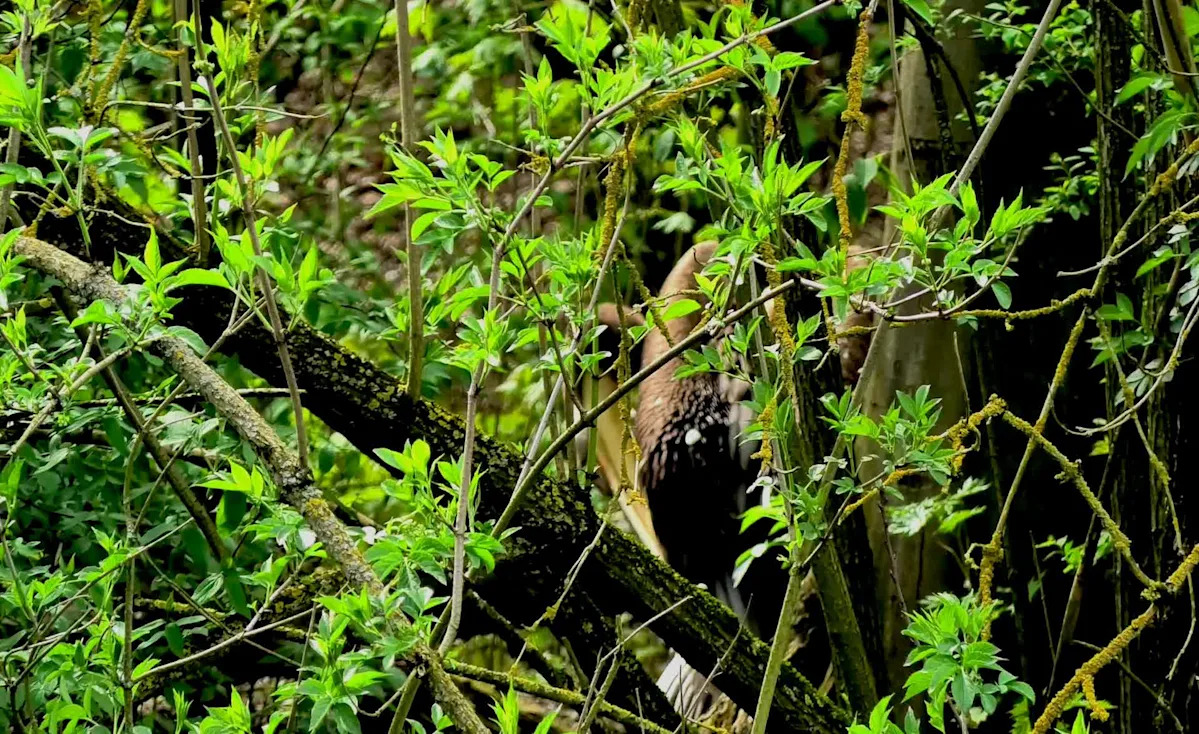Three bear incidents in the span of 24 hours in late May had officials urging caution about a popular tourist destination.
Nearby residents and people visiting the Transfagarasan mountain road in Romania were warned, and extra patrols were dispatched.
EuroWeekly News detailed one brown bear encounter with a Spanish tourist. The 74-year-old was reportedly trying to get a photo of the bear from inside her car when the animal lunged and bit her hand.
Two other similar incidents were reported that same day, prompting an emergency alert response and a call for stricter safety protocols in these heavily trafficked areas. One 77-year-old man was bitten while trying to feed a bear, according to Romania-Insider.com.
Romania houses one of the largest brown bear populations in Europe. Data from the nation’s forestry research institute has suggested 13,000 bears can be found in the country, as The Guardian detailed.
While tourists might be eager to catch a bear sighting, everyone needs to be reminded that these animals are wild and dangerous. Keeping a safe distance is essential. If you’re within lunging range, you’re far too close.
Watch now: Giant snails invading New York City?
Wild animals, whether they’re territorial or not, will likely react when they feel threatened. Invading their personal space for a picture isn’t worth it. As well as increasing the risk of personal harm, this behavior also puts the animal in danger. If a creature attacks, it will likely be euthanized — despite only doing what comes naturally when provoked.
The U.S. Fish and Wildlife Service recommends staying at least 100 yards away from bears — the length of a football field. Whether it’s a bear, a bison, or an alligator, these animals are much faster than humans and can easily catch a person off guard.
It should go without saying, but never — for any reason — feed wild animals. This can lead to food conditioning, which is when an animal associates humans and human activities with food. This disrupts the natural order and encourages aggressive behavior.
The idea is to observe and not interact. The National Park Service’s bear-viewing etiquette guide can help to ensure that your actions don’t put anyone’s life at risk — including the wildlife.
Join our free newsletter for good news and useful tips, and don’t miss this cool list of easy ways to help yourself while helping the planet.
